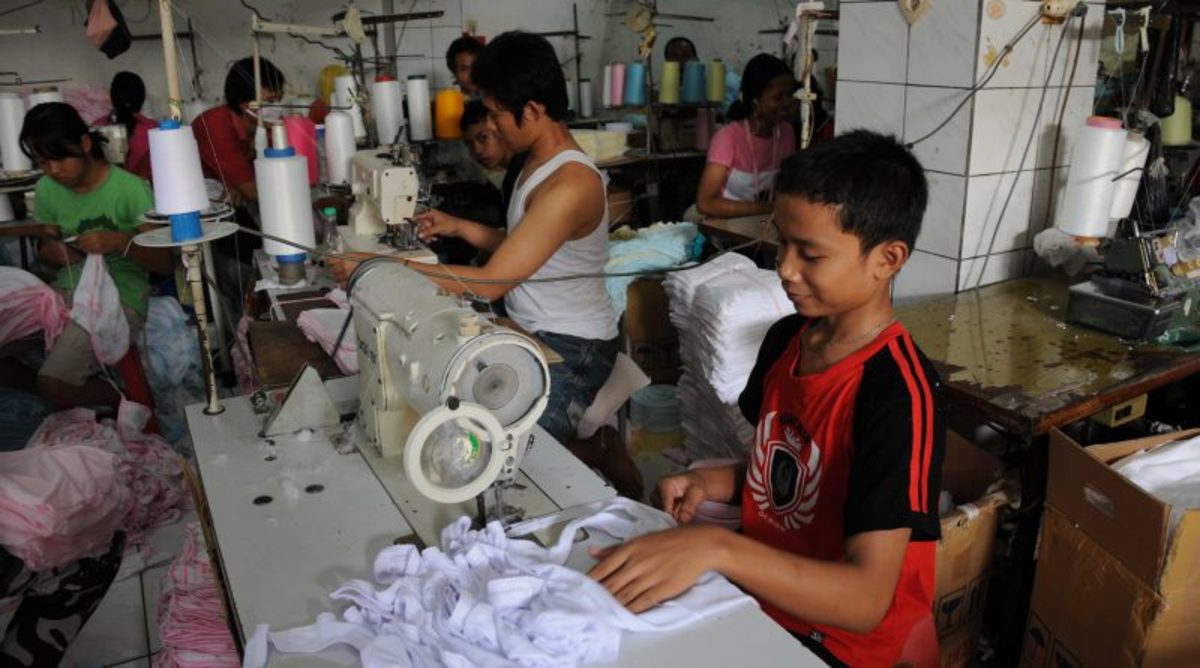Child Labour-Facts & Challenges
Facts, Consequences And Policies
Child Labour is considered as ill treatment of a children through any kind of work that holds back a child from childhood, intervenes the child to go to school and is psychologically and physically harmful. Financial conditions and lack of education are considered to be the main factors of child labour.
In the world's poorest countries, 1 out of 5 are reserved for child labour. In some countries, parents are bound to send their children in factories at their very young age to earn, due to poverty.
Child Labour in India
India has the largest number of child labour in the world. In parts of Andhrapradesh and Karnataka, children are sent to work in mines and zari, embroidery work etc. Lack of money and social security are main causes of child labour in India. Privatization and increasing gap between the rich and the poor put major sections of our society deprived of employment and basic needs. Children get used as workers in urban areas. They are asked to do work for long hours without meals. We can easily find children as employees in dhabas, tea stalls and restaurants. The issue of child labour is highest among schedule tribes, schedule castes, other backward class and muslims. Children are engaged in various activities on full time basis. Major types of child labour in India are Industrial, Domestic and Bonded child labour. Informal and small industries own majority of child labour between the age group of 5-18. Industries like diamond, garments, firework, etc. comprised the largest employers of children. Domestic child labour include 10-12% of children owned by wealthy and rich families for their everyday household work. They keep these children as employee to do work like washing, cooking, cleaning as live in servants. Bonded child labour is considered when a child is forced to work to pay off debts of his parents. Children belong to agricultural families are more likely bonded labour.
Causes & Facts
- Poverty: The root cause of child labour in India is lack of money. Part of population suffered from poverty, cannot meet the expense of studies of their children. They are bound to send their children to factories and mines to earn to serve their basic needs. They are working to increase the earning of poor families. These decisions are taken to economize family condition.
- Absence of Education Resources: India still has many villages which are deprived of basic facilities of education. Government indifference is also a root cause of child labour. Families with poor financial conditions are the most sufferers.
- Psychological Factors: People belong to social and economic backwardness send their children for child labour. Illiteracy and unemployment conditions force families to get their children involved in certain tasks like zamindari, panchayat etc.
- Illness & Disease: In certain family, due to sickness or disease of elderly force a child to go to work in industries and mines. Parents are willing to send their children to earn wages rather to school.
- Law Sub-standards: In absence of appropriate law awareness, child labour in India is yet not diminished. All the families are not aware about their rights and law about education.
- Gender Discrimination: Families who support gender discrimination, girls are seen to bound to work with their parents whereas boys are sent to schools.
- Family Custom: In certain families, child labour is given a name of family custom. Such families believe that employment at early age make their child responsible and help them in personal development.
Laws & Regulations
Due to establishment of legislation, awareness of child labour and international pressure brought a significant change. An international law dealing with child labour consists of UN convention of the Rights of the child (1989) and the International Labour Organisation (ILO) conventions on the medium age for admission to employment of 1973 (ILO convention 138) and on the worst forms of child labour. Articles 21A, 24 & 39 provides right to education, prohibition of child workers in factories, etc. and securing policy from state to the child. UNICEF is working in India from a long time on child labour. It has been working to stop child labour through different programmes, reforms of existing legislation, law enforcement, expanding education access etc. UNICEF also works in collaboration with civil society organisations to support child protection and to uphold all stakeholders to completely stop child labour.
Inference
Undoubtedly, lack of law awareness and poverty are root causes of child labour. To completely diminish child labour, economy should be neutralized. By spreading education and law will be extremely helpful in minimizing child labour. As every child is a God's gift and plays a vital role in nation's development. For child's psychological and personal growth, administration and non profit organisations (NGOs) should come forward together and assure the accomplishment of law as well as education. A nation's future is unquestionably bright with educated and civilized youth.








